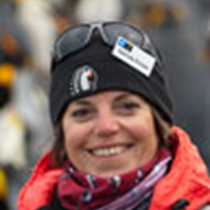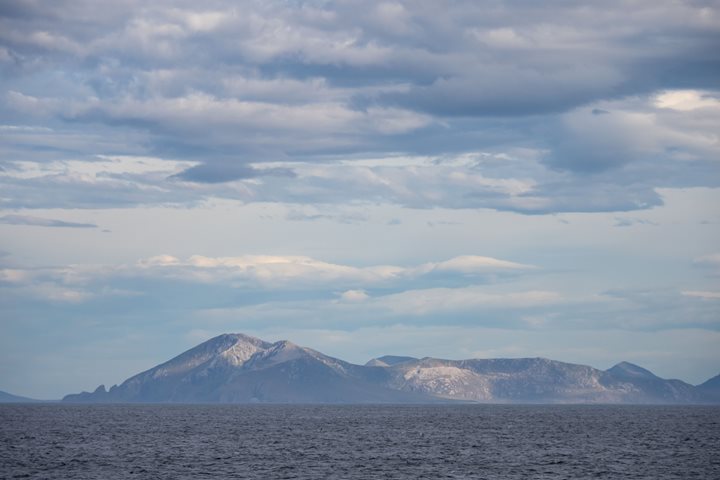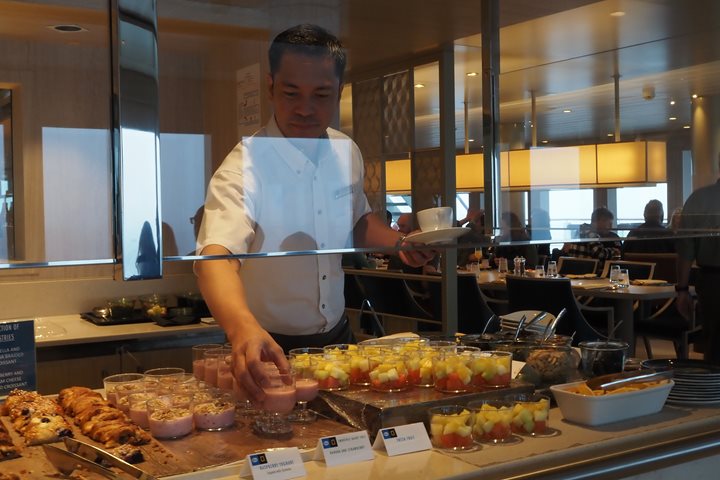Multiyear sea ice prevented us from visiting Franklin Island this morning, but our adventure in the Ross Sea was undeterred. Every ice floe we sailed by offered an opportunity to spot wildlife snoozing away. A group of minke whales were lunge feeding as we approached in silence. Only the clicks of cameras could be heard in the cold breeze.
Soon after, the call for “killer whales!” came over the PA system, filling the air with excitement. These were type C killer whales, a dwarf form known to live only in the Ross Sea and Eastern Antarctica. Their dark skin is coated in yellowish diatoms, but their most distinctive characteristic is the slanted eyepatch. The patch is small and oriented at an angle, like a dash of white paint above the eye.
In the afternoon, we arrived at Cape Crozier, on the northeast coast of Ross Island. The only ice-free slopes we could see revealed the presence of large penguin colonies; Adelies and emperors breed annually here. Given the significance of its biodiversity, the site is an Antarctic Specially Protected Area. It is also a historic site where the famous “Worst Journey in the World” took place in 1912.
The presence of the Ross Ice Shelf was mesmerizing, silhouetted along the coastline and for as far as we could see over the horizon. The glacial blue of the ice shelf mixed with the cold waters of the sea created magical colors that are hard to describe. It was so inviting that we could not resist. Intrepid kayakers braced themselves against the cold and paddled along the Ross Ice Shelf. What a unique opportunity to enjoy this icy marvel. Other guests cruised further afield on Zodiacs as Adelie penguins went about their daily routines atop their floating, icy platform. The evening left us with unforgettable memories, and we hope to create more memories in the days to come.









